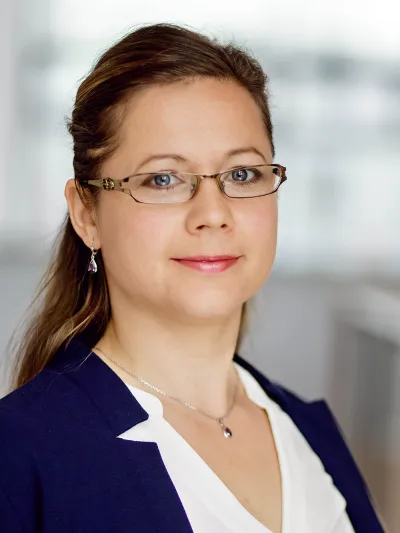SocialGestures – Gestures as Cultural Markers: The Importance of Tact Gestures for Social Preference and Learning in Childhoos and Early Childhood in France and Germany
SocialGestures is a joint research project of the University of Applied Sciences Potsdam and the Université Grenoble Alpes. The project was developed jointly and is being carried out under joint responsibility. It is funded by the German Research Foundation (GR 4756/3-1).
In all human cultures, gestures and language are used to share information. At the same time, the person speaking provides information about themselves, for example accents indicate the cultural and geographical background of the person speaking. These aspects are already relevant in early childhood, as even babies and toddlers show a visual preference for people with the same native language (Kinzler, Dupoux & Spelke, 2007). However, research so far has not addressed how the gestures that routinely accompany speech influence social judgement.
Therefore, this project analyses gestures together with speech in order to uncover the social preferences that result from the integration of multiple communicative cues.
In particular, it focuses on how children perceive the gestures of speakers in different social contexts and how these influence their behaviour. The project aims to improve understanding of the importance of gesture in human communication. In this way, the role of gestures in the development of prejudice and discrimination is to be better emphasised.
Firstly, the differences in the gestures of adults depending on the type (child vs. adult) and presence (real vs. imagined) of the listener are analysed in a cultural comparison (German vs. French).
In the next step, high-quality sets of stimulus videos will be developed for the first time that manipulate the background of the gesture (native vs. foreign) and the language (native vs. foreign). This will investigate how different combinations of gesture and language (both native, both foreign or mismatched) influence social preferences and social learning. This project will provide the first insights into the relationship between gestural communication and intergroup cognition and how this influence develops in early childhood.
For this purpose, the children's reactions to the video stimuli will be measured by means of eye-tracking with the toddlers and by means of behavioural observation (selection of a person; imitation of a performance) with the day-care children.
The following questions are being investigated in particular as part of this project: Do toddlers and daycare centre children prefer native-speaking gesticulating persons as interaction and learning partners? Do German and French speakers differ in their use of gestures in pedagogical interactions with children?
Contact us
Project management FH Potsdam
Mitarbeiter
Project management Université Grenoble Alpes
Dr Cristina-Ioana Galusca
Post-Doctoral Researcher (CNRS)
Babylab, Développement et Apprentissage
Cristina-Ioana.Galusca@univ-grenoble-alpes.fr

